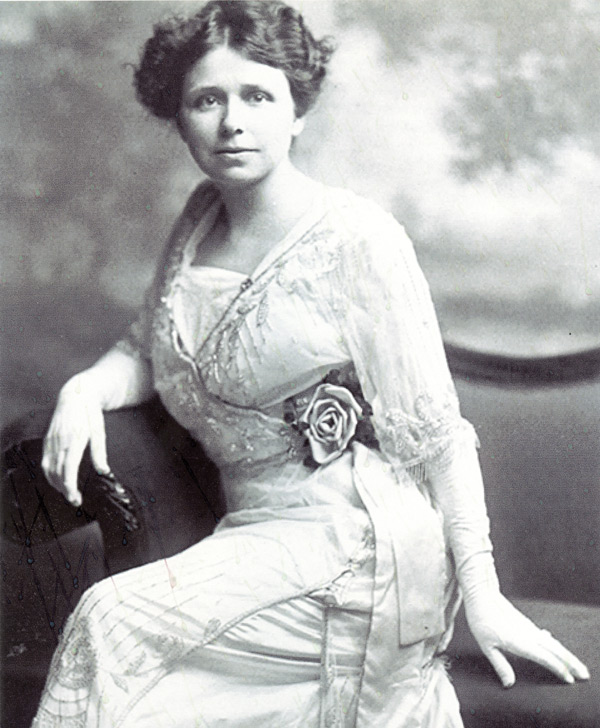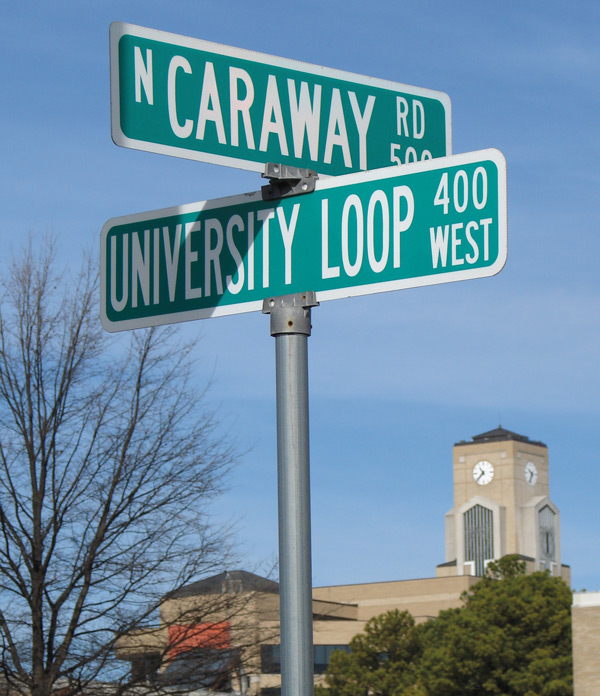Dear Mrs. Caraway / Dear Mr. Kays
Written by: Dr. Nancy Hendricks
Dr. Nancy Hendricks, a 1974 alumna and playwright who serves as Director of ASU Alumni Communications, reflects on writing a special play for the Centennial. Based on the correspondence between A-State president V. C. Kays and U. S. Senator Hattie Caraway, here's how "Silent Hattie" was finally given a voice.
Like A-State, Hattie Caraway has been a part of my life as long as I can remember. My father knew her during World War II and shared stories of America’s first woman Senator, who served from 1932 until 1945. But I never truly understood the enormity of her achievement until entering public service myself with Texas Gov. Ann Richards more than a half century later. Even at the dawn of the 21st century, a woman in politics was not an easy role. Caraway may have been called “Silent Hattie,” but I wanted to help sing her praises.
I had written a play based on her 1932 campaign with Huey Long called Miz Caraway and the Kingfish, but as the title suggests, it was as much about Long as Caraway’s achievement. Sadly, few of her papers have survived. Other than her journal written primarily in 1932, there was almost nothing from more than a dozen years of her service in the United States Senate.
Rumor had it that something about Caraway might be found in the V. C. Kays papers donated to the ASU Archives by his son Buddy in 2001. It was suggested there might be material in those boxes to write something for the Centennial. Thanks to the helpfulness of archivists Malissa Davis and Brady Banta, I virtually moved in at the Archives for about a year, and discovered a treasure trove.
I had a cordial relationship with Caraway’s granddaughter, Betty Caraway Hill, who said that very few of Caraway’s papers existed anywhere. And there was the widely-held belief that Caraway was quiet and ineffectual as a senator. Yet the Kays papers show she and V.C. Kays formed a highly effective partnership during the Depression and World War II when he was A-State president, working to save the college when there was a real danger of it being forced to close its doors.
A constitutional amendment was considered in 1932 by the Arkansas General Assembly to abolish the four district agricultural schools. Fortunately it failed, but the poverty of the Depression caused a drop in revenue to the point that V.C. Kays was said to be paying faculty out of his own pocket. Then, many of the few remaining male students left for wartime service, further depleting funds. Because at least two colleges in Jonesboro had already failed, there was no guarantee A-State would remain open.
The letters show they corresponded often, sometimes daily, with Caraway fighting for A-State among such daunting New Deal agencies as the Public Works Administration, Reconstruction Finance Corporation, and Department of War. Along with her role in securing both the Reserve Officers Training Corps (ROTC) unit in the 1930s and an Army College Training detachment at A-State during World War II, an astonishing nine buildings were constructed on campus with her help during the depths of the Depression, four of them still heavily used today.
But to me the most valuable thing about the Kays/Caraway letters was seeing the personal thoughts of two people who knew and trusted each other. My favorite letter was handwritten by Caraway, combining her gratitude for Kays’ assistance in helping a destitute girl stay in college along with the request to “tell Mrs. Kays I am not eating so much now and having less indigestion.”
The material in the letters allowed me to write an informative (and hopefully entertaining) dramatization for our Centennial that vividly portrays Caraway’s work on A-State’s behalf. During her time in the Senate, Caraway never forgot the people back home who needed help. She never forgot her hometown college, Arkansas State. Perhaps with our help and a play based on the Kays/Caraway letters, we won’t forget her, either.







